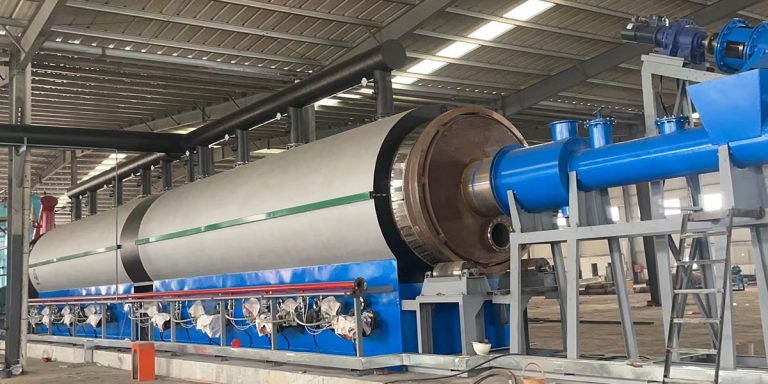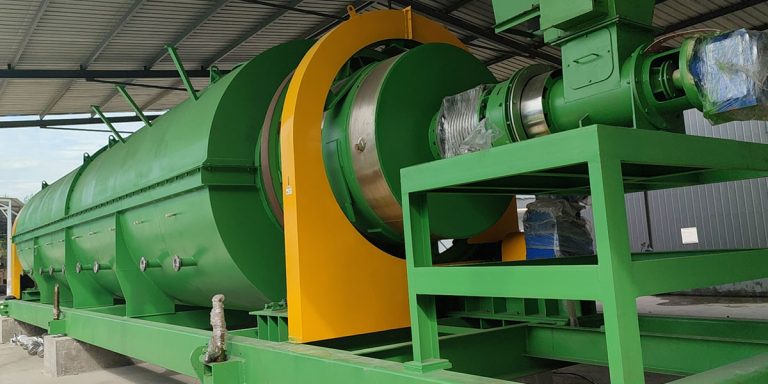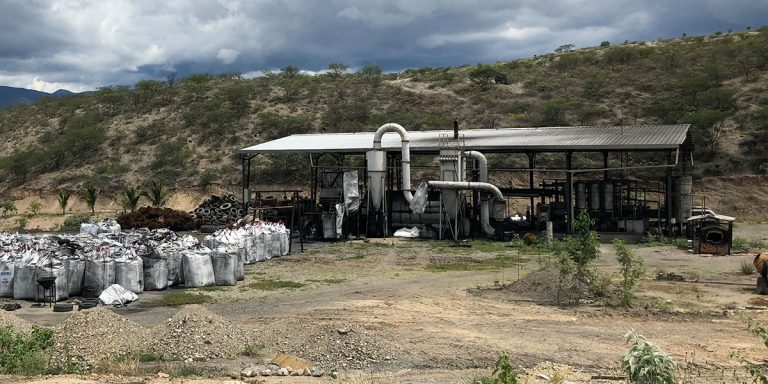In 2018, Mingjie Group completed the installation of waste tyre pyrolysis plant for sale in Anhui, China. At present, there are many waste tire pyrolysis recycling projects under construction or completed in Anhui. They use advanced continuous pyrolysis plant, and the final products include fuel oil, carbon black, steel wire, and synthesis gas. Synthesis gas can be used to heat the pyrolysis reactor, and can be used up to 100%.
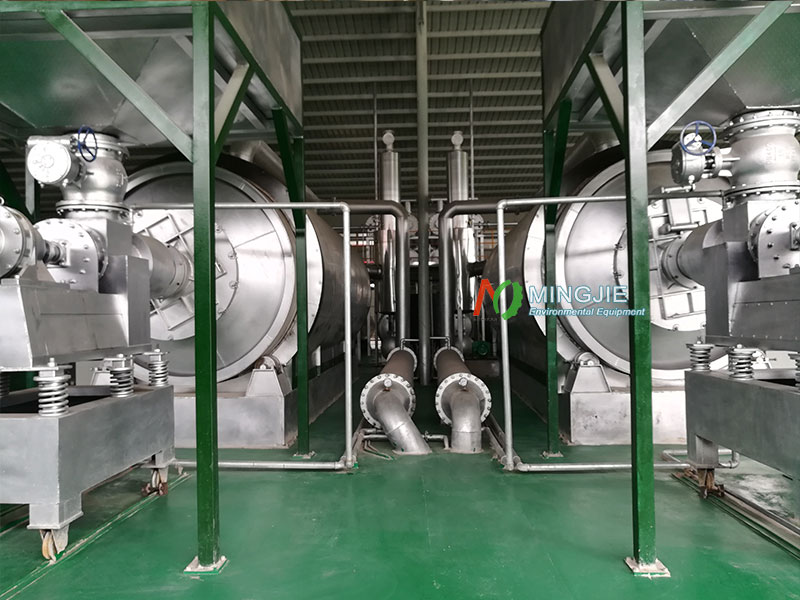
The waste tire pyrolysis technology is a process that uses high temperature to crack the main component of rubber in tires. The tyre pyrolysis process is usually carried out in an oxygen-free or low-oxygen environment. The purpose is to avoid rubber combustion and maximize its conversion into recyclable resources.
As a petrochemical product, rubber breaks chemical bonds and reassembles its molecular structure under high temperature. The state of the substance is transformed into valuable products, such as fuel oil, carbon black, steel wire and combustible gas.
Waste Tyre Pyrolysis Plant Project in China
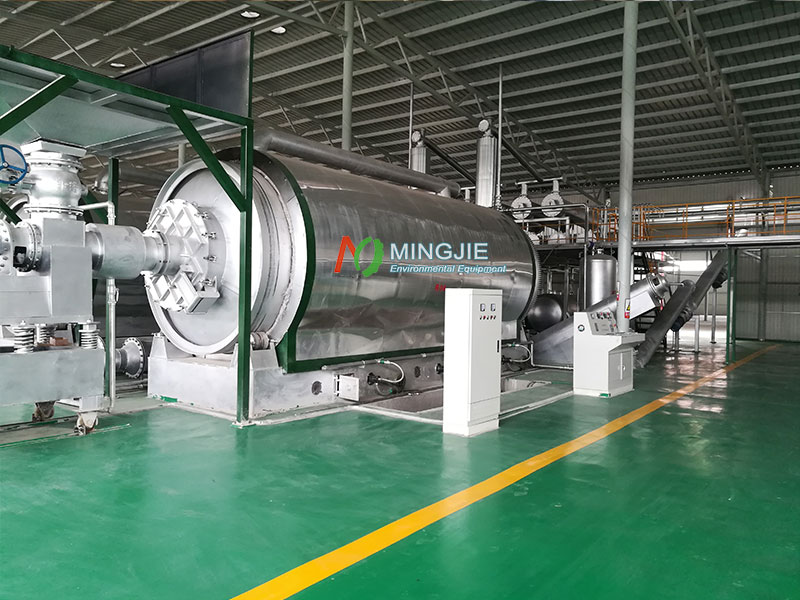
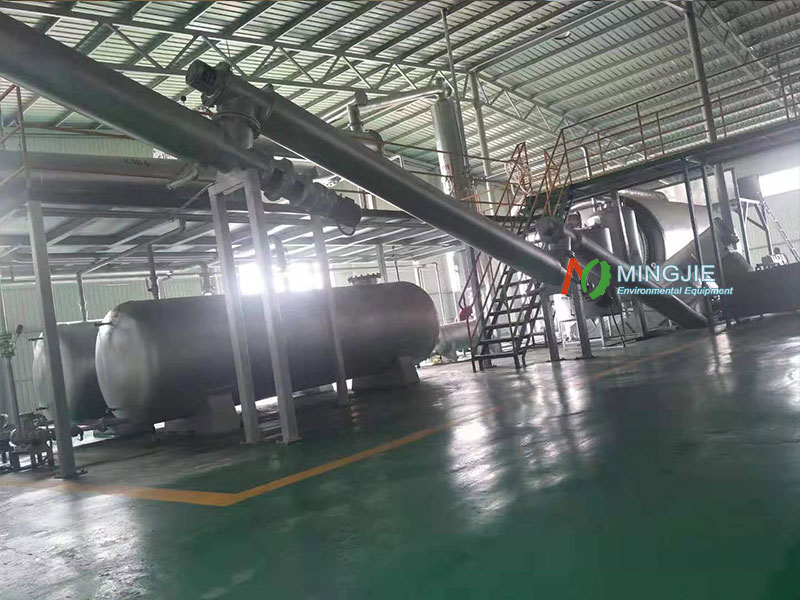
Waste tires are difficult to degrade naturally. They have complex ingredients, containing a large amount of rubber, steel wire, carbon black and a variety of chemical additives. If waste tires are not properly disposed of, they will not only occupy a large amount of land resources, but also become a “black pollution” that threatens ecological and environmental safety and human health.
As the number of cars in the world continues to rise, the amount of waste tires generated is also increasing. According to relevant data, in 2022, waste tire in China reached about 12.8 million tons, accounting for about one-third of the world’s total. The country attaches great importance to the recycling of waste tires and has introduced a series of encouraging policies to develop waste tyre pyrolysis plant projects.
Waste Tire Continuous Pyrolysis Process
In the waste tire continuous pyrolysis project, the tire processing process has strict specifications and steps.

Waste Tire Pre-processing Stage
Wire removal step: Separate the wire in the tire from the rubber matrix. The separated wire has a high recycling value and can be sold directly. Or it can be sent to the steel plant for re-smelting and re-entering industrial production.

Chopping and crushing the tire is also an important step. After the waste tire is de-wired, it will be sent to the block cutter and cut into blocks of relatively uniform size. Then it will be further crushed into smaller particles by the crusher.
This series of operations can increase the contact area between the tire and the pyrolysis reaction space. Thereby accelerating the pyrolysis reaction speed and improving the pyrolysis efficiency.
Tire Pyrolysis Process
Pyrolysis is the core stage of the entire waste tire continuous pyrolysis plant project. The crushed tire particles are sent to the pyrolysis furnace and heated at high temperature in an oxygen-free environment.
The heating temperature is generally controlled between 400℃ – 900℃. In this temperature range, the rubber polymer in the tire will gradually decompose into low molecular weight compounds.
As the temperature rises, the first to volatilize are some low-boiling point additives and plasticizers and other small molecular substances. As the temperature continues to rise, the rubber begins to crack, producing cracking oil, carbon black and combustible gas.
Waste Tire Pyrolysis Products
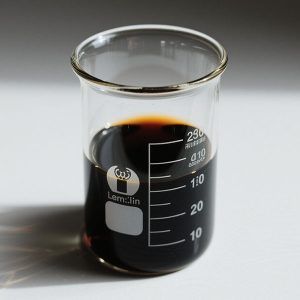
Pyrolysis oil has low viscosity and high content of light distillate oil, and has a calorific value comparable to diesel. It can be widely used in the industrial field as fuel oil. After deep processing of pyrolysis oil by waste oil distillation equipment, diesel or gasoline can be obtained.
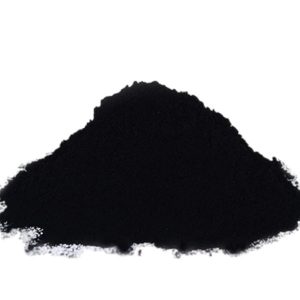
Carbon black has a unique porous structure and good quality. After activation treatment, carbon black can also produce activated carbon with strong adsorption performance. It can also be made into spherical carbon black and carbon black briquettes.

Synthesis gas has a high calorific value and can be used directly as fuel gas. It provides reliable energy for the pyrolysis process of waste tires.
Separation of Products
The separator separates carbon black and synthesis gas. Carbon black is separated from the bottom of the separator and transported to the transfer silo through a closed screw.
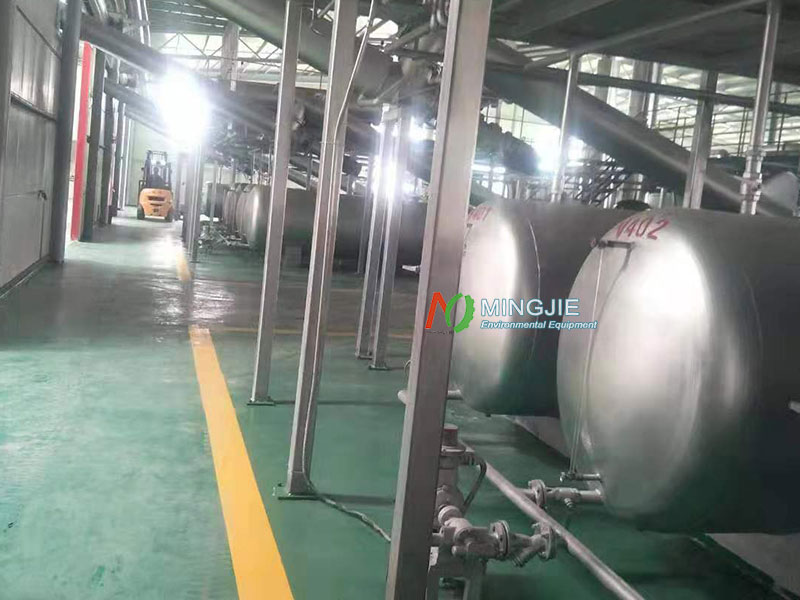
High-temperature pyrolysis gas enters the steam drum from the top of the separator. In the steam drum, a small amount of liquid heavy oil sinks and enters the pyrolysis oil temporary storage tank, and then returns to the reactor through the oil pump for further cracking. The gaseous components enter the circulating water cooling system through the pipeline.
The pyrolysis gas from the steam drum enters the condenser. In the condenser, the high-temperature pyrolysis gas is condensed. The condensed liquid is a mixture of pyrolysis oil and water. The gas that is not condensed is called non-condensable gas. The non-condensable gas passes through the top of the condenser and enters the next-level water seal tank.
Oil-water Separation
The cooled liquid (mixture of light oil and water) is separated from the oil-water. The separated cracking oil is transported to the storage tank by the oil pump. The small amount of oily wastewater generated is atomized and sprayed into the secondary combustion chamber for combustion treatment.
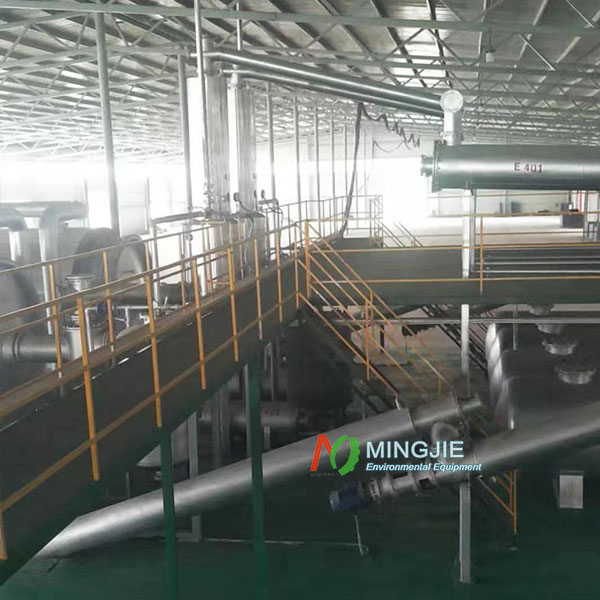
Non-condensable Gas Regulation
According to the temperature of the pyrolysis reactor, the non-condensable gas is automatically controlled to return to the reactor for combustion. When the temperature of the pyrolysis furnace is too high, the amount of non-condensable gas returned is reduced. When the temperature of the pyrolysis furnace is too low, the flow rate of non-condensable gas returned for heating is increased.
The combustion flue gas and the excess non-condensable gas enter the secondary combustion chamber for combustion, which can further remove pollutants such as non-methane total hydrocarbons and hydrogen sulfide.


